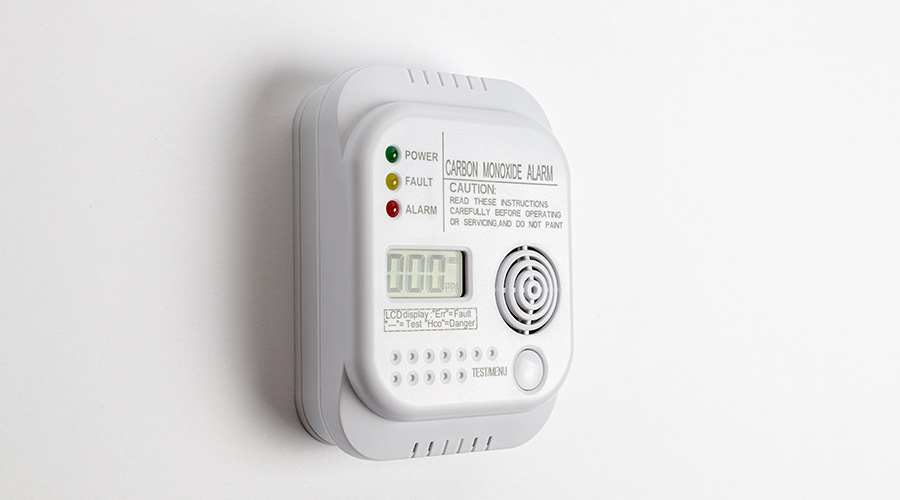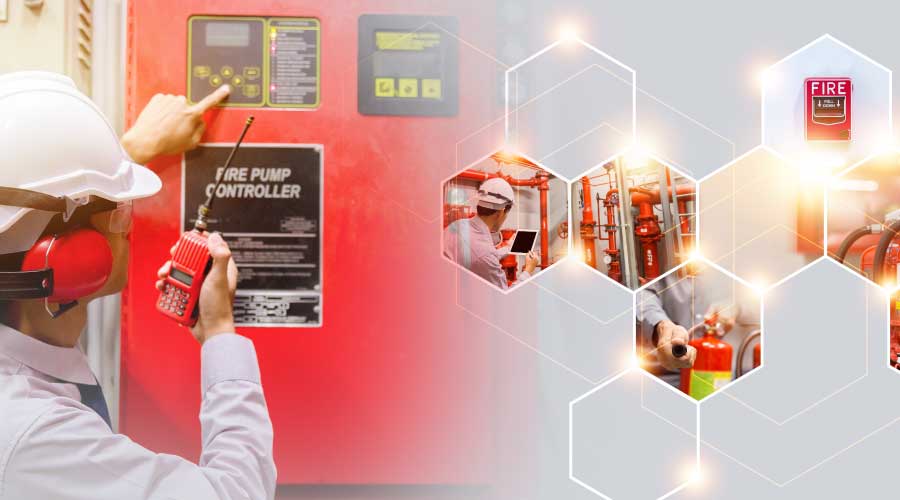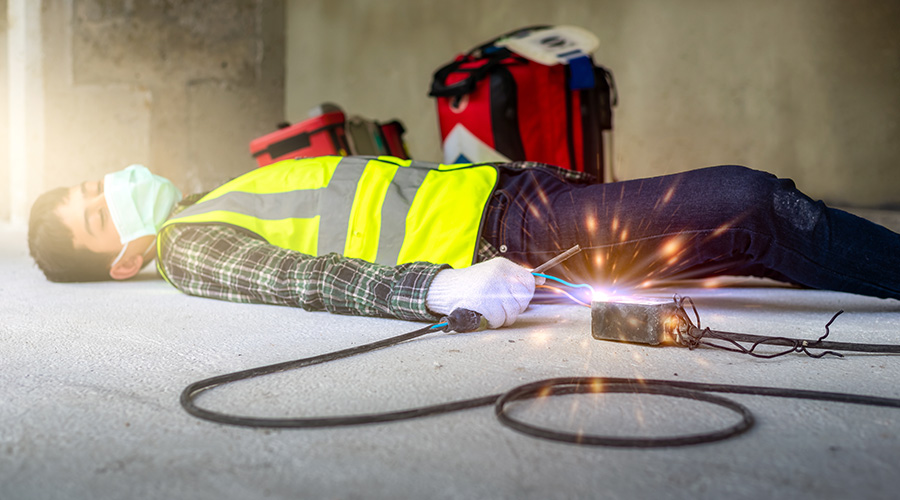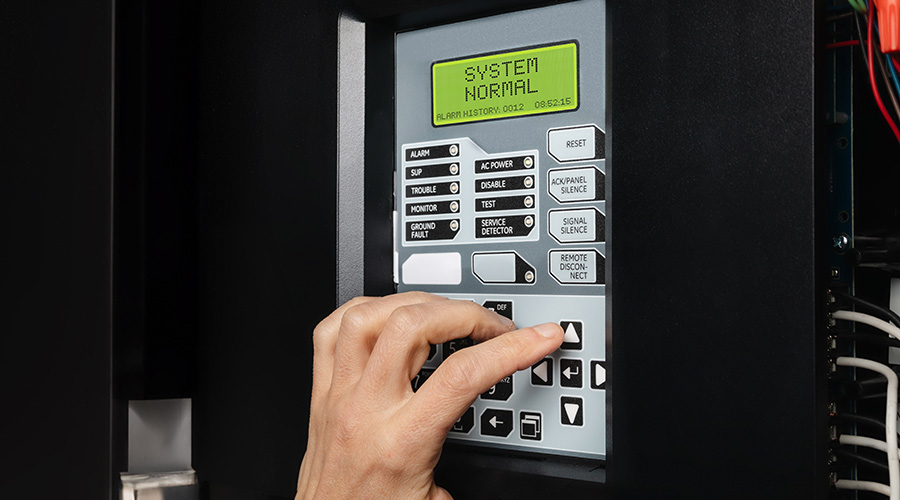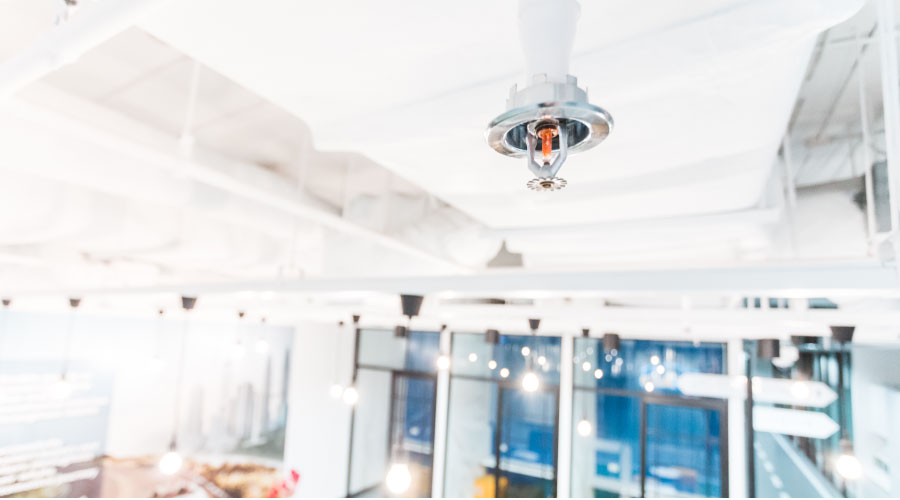Preventing the ‘Silent Killer’: Carbon Monoxide Detection Systems
Assessing hazards, knowing codes and evaluating costs factor into effective operations
By Frank Rigas, Contributing Writer
Unlike smoke, which can be smelled and seen, carbon monoxide (CO) is odorless and colorless. Those indiscernible properties may be responsible for a misunderstanding about the dangers of what is often referred to as “the silent killer” and the significance of having appropriate and always-functioning detection systems in commercial and institutional buildings.
“The lack of indicators can lead to a false sense of security and the possibility to misjudge the dangers associated with CO,” says Brian Gougler, senior director of Technical Services, Compass Group-ESFM.
The headlines are troubling. “Maintenance worker dies from carbon monoxide poisoning.” “Carbon monoxide poisoning leads to student’s death.” “Carbon monoxide sends school students, staff to hospital.” “Construction workers hospitalized for carbon monoxide poisoning.”
The statistics are sobering. Carbon monoxide poisoning is annually responsible for hundreds of accidental fatalities, tens of thousands of emergency room visits and thousands of hospitalizations, according to the U.S. Centers for Disease Control and Prevention (CDC).
The dangers underscore the importance of carbon monoxide awareness, and what facility managers and building owners need to keep individuals and their properties safe to avoid becoming a headline or statistic.
“Safety must always be the top priority for the facility,” says Gougler. “It’s crucial to adhere to building codes, conduct thorough inspections and implement best practices for preventive maintenance. The safety of occupants should always take precedence.”
Assessing potential hazards
Carbon monoxide is produced when carbon-based fuels such as gasoline, wood, coal, natural gas, propane, oil, kerosene and methane burn incompletely. When determining the type of detection system, the number of alarms and detectors needed and where they should be located, there are some important factors for facilities managers and building owners to consider.
Managers should take stock of the items within a building that could present a carbon monoxide source.
“You want to find your carbon monoxide sources, where you store that equipment, whether it’s portable equipment or permanently installed equipment, and then you start to build the protection you need,” says Larry Rietz, vice president, Global Service Line Leader, Fire Detection & Alarm, Jensen Hughes.
Potential hazards include portable equipment such as propane-powered floor buffers and forklifts and gasoline-powered tools or permanent components such as a natural gas or oil furnace.
The size of the building also is a crucial factor to consider.
“Especially for larger facilities where a comprehensive system with multiple detectors may be necessary to ensure sufficient coverage,” Gougler says. “Areas such as boiler rooms and kitchens typically require more detectors due to higher levels of combustion activity.”
Another factor to think about is if carbon monoxide can be delivered from one area of a building to others through channels such as ductwork.
“The HVAC system significantly influences detector placement, as proper venting is essential since CO is heavier than air,” Gougler says. “Areas with inadequate air movement or ventilation should be prioritized for the installation of multiple detection options to enhance safety measures.”
Further, Rietz notes the importance of managers understanding the difference between an alarm and detector.
“An alarm just makes the decision locally and sets off the alarm in (the particular) room, whereas a detector is connected to a fire alarm or carbon monoxide control unit, and it’s connected to a system,” he says.
Knowing the code
There are resources available to help ensure appropriate systems, alarms and detectors are being chosen and installed.
Facility managers and building owners should know the National Fire Protection Association (NFPA) 72, National Fire Alarm and Signaling Code, which contains all the requirements related to installation, maintenance, visual inspections, testing and replacing carbon monoxide detectors.
“For an introduction to and knowledge about codes, International Building Code, Chapter 9, Section 915 on Carbon Monoxide Detection is a valuable resource,” Gougler says.
Rietz also suggests managers hire a fire protection engineer who can identify the sources of carbon monoxide, provide an engineering determination of how to best protect against those sources and offer advice on decisions such as product selection, installation and system design.
Once a system is in place, it must be regularly tested. For carbon monoxide detectors, NFPA 72 mandates institutional and commercial systems to be tested annually, according to Brian O’Connor, senior technical services engineer, NFPA.
Unlike a carbon monoxide alarm, which involves pressing a test button monthly, the yearly test of a carbon monoxide detector is more involved.
“Testing is done by introducing carbon monoxide into the sensing chamber of the detector,” O’Connor says.
There also will come a time when detectors need to be replaced. This is determined when “either the end-of-life signal goes off, or the manufacturer’s replacement date is reached or when (the detectors) fail their periodic testing,” O’Connor says.
A detector’s lifespan is typically about 10 years.
Gougler says there can be challenges related to detector replacement because most don’t exhibit visible wear. To keep track of wear on devices, Gougler suggests creating a work order in the computerized maintenance management system to alert managers of their status.
“Accessibility to detectors and potential disruptions to employees often result in replacements occurring during false alarms or annual testing,” he says. “Managers can address this by consulting OEM (original equipment manufacturer) websites and representatives to assess software and parts accessibility. This approach helps gauge availability and expected lifespan.
Finding funding
Funding the installation and maintenance of a carbon monoxide detection system brings some challenges for facility managers and building owners.
“Cost is a primary concern, especially with tightening budgets each year,” says Gougler. “Typically, the higher the quality of the system, the greater the cost.”
Logistics plays a role in that, according to Rietz.
“So, understanding where you would need carbon monoxide detection; that’s usually going to mean wiring back to a control unit,” he says. “And understanding how you can either install a new monitoring system or connect it to an existing building fire alarm system. Most fire alarm systems out on the market today are easily capable of adding carbon monoxide, so it often can be done in a fairly cost-effective manner.”
Rietz also says budgeting for end-of-life replacement of detectors and alarms is a good thing for managers and building owners to keep in mind.
Gougler says other significant factors include maintenance and accounting for false alarms. Software upgrades and the need to replace parts that are sometimes unavailable can contribute to rising costs.
“Evacuating a facility entails associated costs, such as loss of productivity and product,” Gougler says.
Technology improvements
Thanks to advances in technology, carbon monoxide detectors (which were first patented roughly 100 years ago) today last longer and are much higher in quality and reliability than their predecessors.
Gougler says a primary advancement is in Internet of Things technology, as “smart detectors connect to building automation systems, enabling real-time data monitoring and HVAC adjustments.”
Facility leaders are discussing what should constitute the next-generation carbon monoxide alarm, says Rietz, who believes future technological developments are likely to address something known as chronic carbon monoxide poisoning, which occurs when people are exposed to low levels over a long period of time.
According to the NFPA, the concentration of carbon monoxide, measured in parts per million (ppm) is a determining factor in the symptoms for an average, healthy adult, according to the NFPA Fire Protection Handbook.
- 50 ppm: No adverse effects with 8 hours of exposure.
- 200 ppm: Mild headache after 2-3 hours of exposure.
- 400 ppm: Headache and nausea after 1-2 hours of exposure.
- 800 ppm: Headache, nausea, and dizziness after 45 minutes; collapse and unconsciousness after 1 hour of exposure.
- 1,000 ppm: Loss of consciousness after 1 hour of exposure.
- 1,600 ppm: Headache, nausea, and dizziness after 20 minutes of exposure.
- 3,200 ppm: Headache, nausea, and dizziness after 5-10 minutes; collapse and unconsciousness after 30 minutes of exposure.
- 6,400 ppm: Headache and dizziness after 1-2 minutes; unconsciousness and danger of death after 10-15 minutes of exposure.
- 12,800 ppm: Immediate physiological effects, unconsciousness and danger of death after 1-3 minutes of exposure.
Experts feel that future carbon monoxide detection systems will continue to evolve.
“The technology inside of our devices are making those decisions, they’re reading the parts per million in the air and they're reading the amount of time you're exposed to that level,” Reitz says. “So, (the detectors have) come a long way in understanding. But I think what we'll see going forward in the future is taking a look at those lower levels of carbon monoxide … we're going to see different forms of detection or maybe just advanced forms of detection that will look at long range, low level of exposure.”
Frank Rigas is a freelance writer based in Sheboygan, Wisconsin.
Related Topics:








